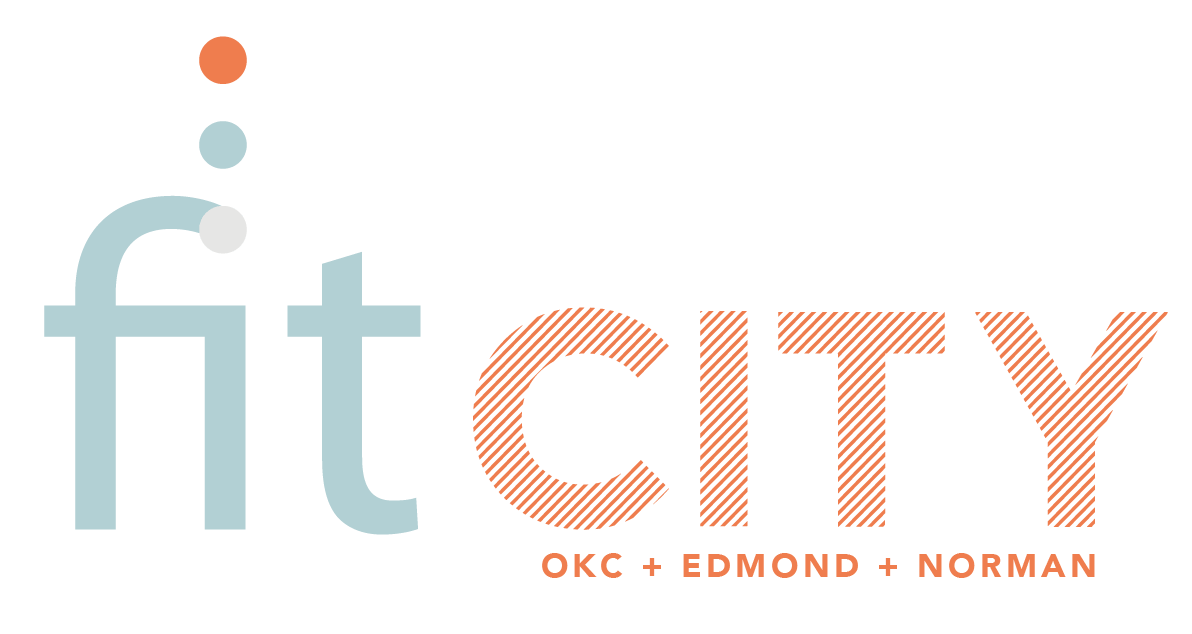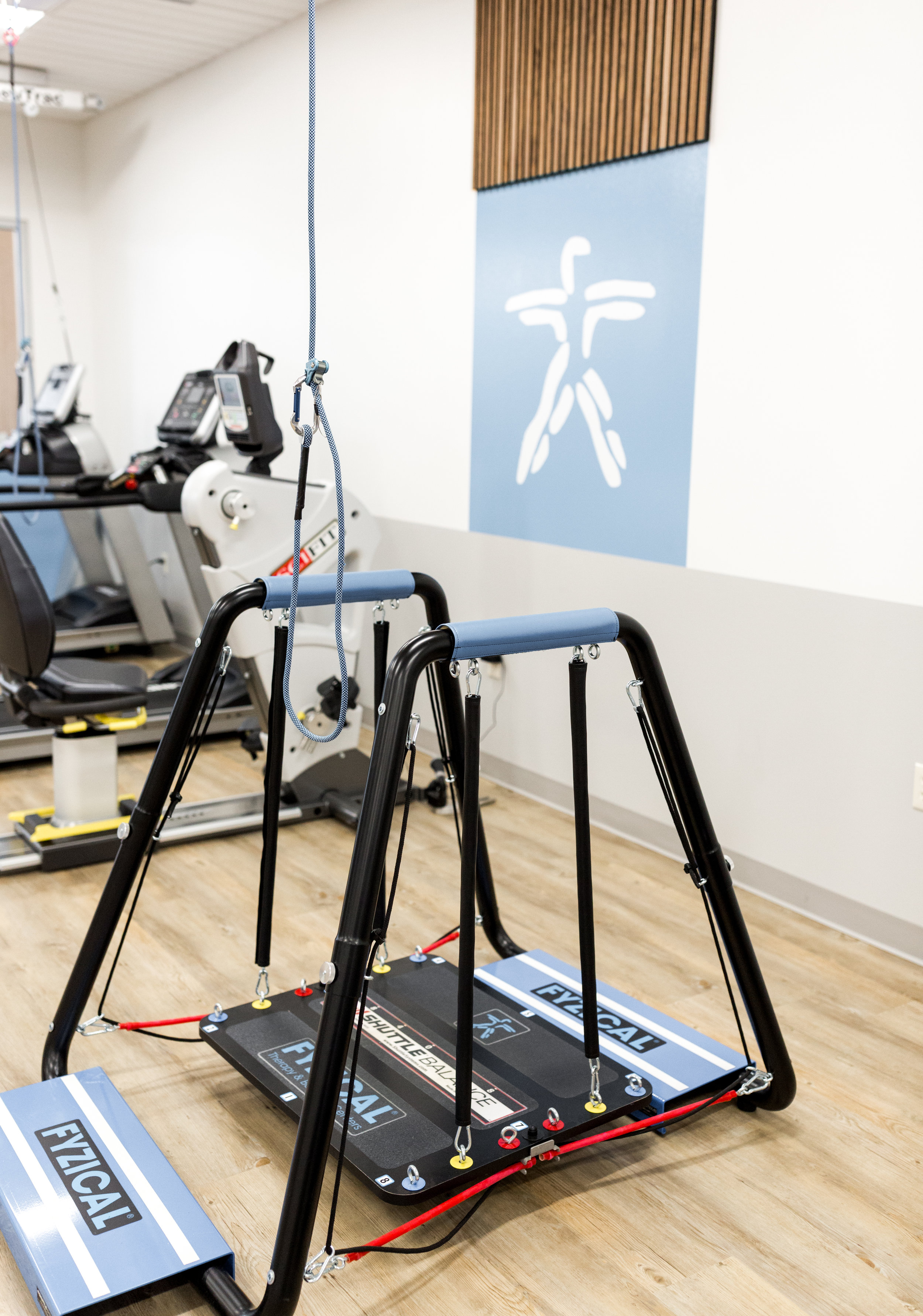FIT405: What is a pelvic floor physical therapist?
Fyzical: A pelvic floor physical therapist has special training in treating the muscles of the pelvic floor, the muscles that are the foundation of your core and control our bowel, bladder, and sexual functioning.
FIT405: What type of education does a pelvic floor therapist have to obtain to practice this type of physical therapy?
Fyzical: To become a physical therapist, you must complete a doctorate degree in physical therapy (Doctor of Physical Therapy). Pelvic floor physical therapists then continue their education in their specialty. The two largest accrediting bodies for the specialty are the Section on Women’s Health of the American Physical Therapy Association (soon changing its name to the Academy of Pelvic Health Physical Therapy) and the Herman and Wallace Pelvic Rehabilitation Institute
FIT405: What conditions are most commonly seen in your practice?
Fyzical: Pelvic Floor Physical Therapy treats a wide array of concerns including urinary problems, pelvic pain, bowel incontinence and constipation, tailbone pain (coccydynia), and pelvic organ prolapse. The most common condition we treat is bladder leaking, but we also treat interstitial cystitis, general pelvic pain, coccydynia, endometriosis, and erectile dysfunction.
FIT405: What should patients expect during a visit with a pelvic floor physical therapist?
Fyzical: You should expect a thorough examination. Your core muscles affect your pelvic floor muscles, which include your abdominals, gluteals, and low back muscles, so we need to examine all those structures. You can also expect an in-depth external hip evaluation.
Education will play a vital role in your evaluation. Once we have discussed the why, we will encourage you to undergo an internal musculoskeletal pelvic floor examination.
To finish, we will go over some stretching or strengthening exercises to help jump start your treatment and prepare you for your second visit.
FIT405: Do you treat both men and women for pelvic floor conditions?
Fyzical: Absolutely! Men have pelvic floor muscles too! Men can experience incontinence, debilitating pelvic pain, and bowel dys- function. Even erectile dysfunction is, at times, appropriate for pelvic floor physical therapy.
FIT405: I know a majority of women have pelvic floor disorders after having children, but are there physical therapy techniques women can do to prevent pelvic floor injury from having children?
Fyzical: The more a woman can have control of her pelvic floor muscles prior to giving birth, the better. So being able to hold a strong pelvic floor contraction or kegel for 10 seconds, 10 times, and being able to do 10 quickly is a good start. Not all birthing injuries can be prevented, and having good control of your pelvic floor muscles does not guarantee an injury free birth, but a strong pelvic floor can improve the chances of a healthy birth.
FIT405: What is a Kegel? When should patients be performing Ke- gels?
Fyzical: A kegel is a pelvic floor muscle contraction. The pel-
vic floor has the muscles that stop and start the flow of urine,
so stopping your flow of urine is a good way to figure out what muscles to contract. Having said that, do NOT start practicing starting and stopping your flow of urine routinely! If you routine- ly practice stopping and starting your flow of urine, you could end up retaining urine, which is NOT something you want. You can try imagining that an elevator is lifting up from your sitz bones up to your pubic bone to contract. To relax you can imagine the elevator lowering, or you could imagine a flower opening, as these mus- cles are circular. People who are not in pain should do kegels; they are beneficial for people experiencing incontinence of the bowels or bladder (without pain) and also for people with pelvic organ prolapse. Kegels are not for anyone with any sort of pelvic pain. Generally, people with pelvic pain, even just experiencing painful intercourse, have pelvic floor muscles that are partially contract- ed, so contracting them more can worsen their condition.
FIT405: Do you also practice other specialized physical therapy other than pelvic floor therapy?
Fyzical: Our clinic also specializes in balance therapy and vestib- ular rehabilitation that focuses on people experiencing dizziness, vertigo, or just general imbalance. Balance training is also helping our patients with pelvic floor dysfunction, especially our patients who are having trouble walking or balancing.
FIT405: What do you recommend to women who may have pelvic floor dysfunction but who live in areas without access to a pelvic floor physical therapist?
Fyzical: For people experiencing pelvic floor pain dysfunctions,
I would greatly recommend taking the time to travel and at least attend a couple of sessions with a pelvic floor physical therapist, as teaching yourself how to let go of a pelvic floor contraction can be quite difficult. There are kegel or pelvic floor strengthening devices that have smart phone apps that could also be helpful be- cause they give you feedback on the strength of your pelvic floor.
FIT405: Do I need to see my doctor and obtain a referral in order to schedule an appointment with a physical therapist if I believe I have a pelvic floor issue?
Fyzical: The short answer is: No, you do not need to see your physician first. In the state of Oklahoma you have 30 days to see at physical therapist prior to needing a physician referral. How- ever, Medicare and some commercial plans do require having a physician sign off on the treatment. Many pelvic floor cases can be complicated and are best treated with a team of doctors, ther- apists, and other health care providers.
Interview by:
Erika Oliveira
Photos:
Jordan Mobley
















